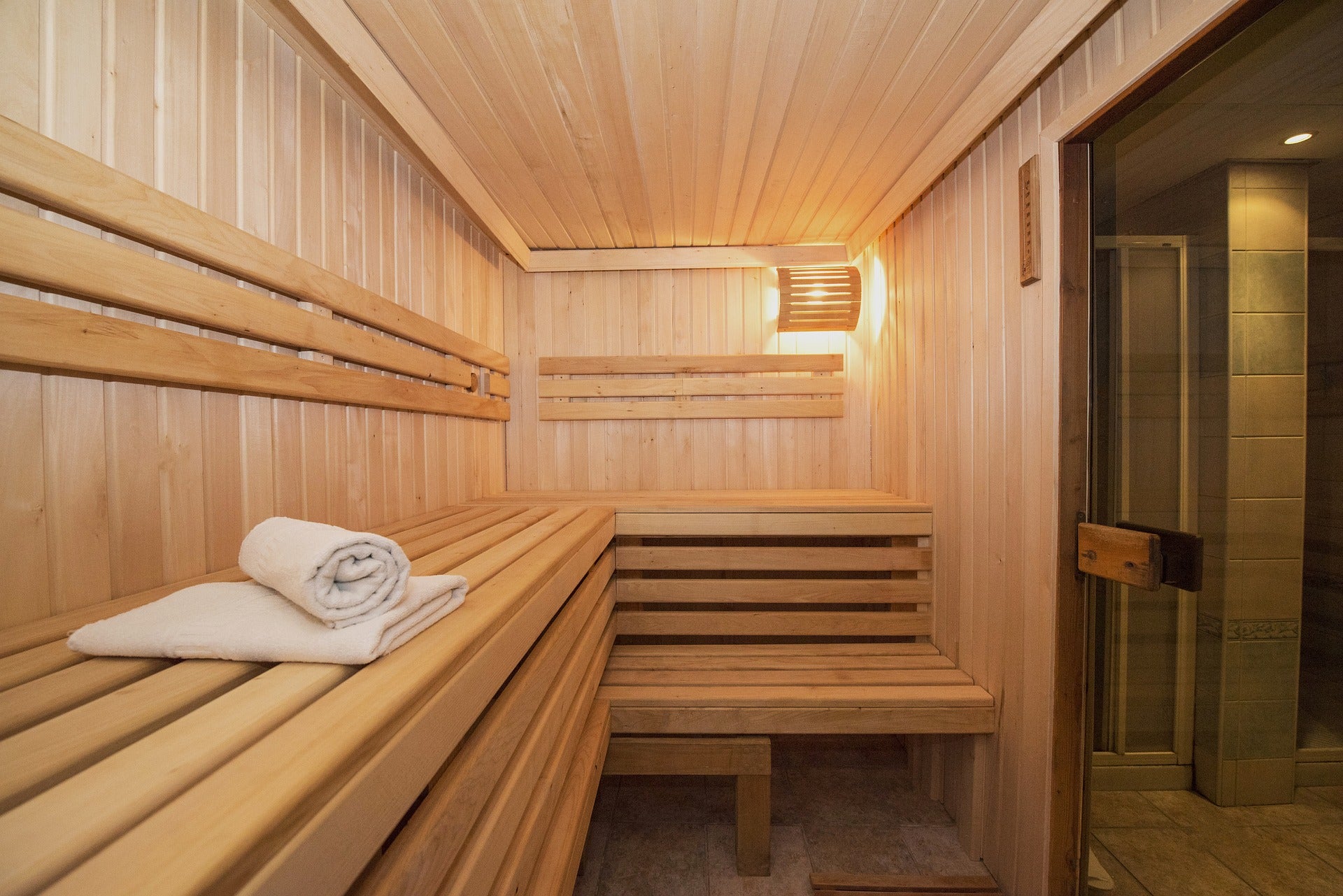Things about Traditional Sauna
Things about Traditional Sauna
Blog Article
Not known Incorrect Statements About Traditional Sauna
Table of ContentsWhat Does Traditional Sauna Do?Some Ideas on Traditional Sauna You Should KnowNot known Facts About Traditional SaunaThe 15-Second Trick For Traditional Sauna
The majority of the weight lost in a sauna is water loss and is re-gained upon rehydrating. Nonetheless, certainly sauna can be a vital part of a healthy and balanced weight management program. To check out the differences in between typical and IR saunas, I will certainly divide these right into verifiable, academic, and produced distinctions.Thus, the hottest point in the saunawhich is at the ceiling directly above the sauna heateris commonly between 185 and 190 F. Traditional Sauna. Claims that a conventional sauna goes beyond 200 F is just not real and not relevant for electric saunas offered in the US. The temperature level for a far-infrared sauna is typically established between 120 and 140 F; nonetheless, unlike the traditional sauna, the goal in and IR area is not to achieve a heat
Due to this, the temperature level distinction is almost pointless, given that excessive sweating results in both sauna kinds, but the approach of heating up the body is various. In an IR sauna the bather will really feel hot and will certainly sweat a lot, but at a lot lower temperature levels. Thus, if the objective is to spend longer amount of times in the sauna, the IR sauna is a good selection.

Excitement About Traditional Sauna
When the high temperature level is achieved, the elements cycle on and off to maintain the heat. The majority of traditional sauna individuals appreciate putting water over the rocks to create steam to raise sauna humidity degrees. The benefits of pouring water over the rocks include: making the space a lot more comfortable, moistening the nasal passages, and allowing the usage of aromatherapy by blending essential oils with the water.
In a far-infrared sauna, the warm front pass through the body to properly heat the body and elevate the body core temperature level. To attain this raised temperature level, Far-infrared emitters develop infrared energy which is close to the exact same wavelength as that which the body naturally emitsoften referred to as the "Essential Array" of 7 to 14 microns), so the energy is well gotten by the body.
When the energy goes into the body, it triggers the body temperature level to raise and inevitably causes sweat. In an infrared sauna it is essential for the emitters/heaters to stay on almost frequently. Since there is no mass of rocks like this to keep warm, the sauna will certainly cool down if the emitters shut down.
As discussed over, the sauna bather in an infrared space wishes to place himself in front of running emitters to get maximum advantage from the warmth. The heating time for the two areas can be extremely different, relying on exactly how the rooms are made use of. For a traditional sauna, a bather needs to enable 30-40 minutes for the area to accomplish a wanted temperature and to correctly pre-heat the rocks.
Some Known Facts About Traditional Sauna.
A well created sauna will usually accomplish a temperature level of 150-160 F in concerning 30-40 minutes. For hotter temperature levels, the room might need to warm for a longer duration.
To some, 15 minutes was "lost" while the infrared power heated the wood panels as opposed to heating up a body, while others locate a pre-heated area to be more comfortable and believe an elevated starting temperature level is necessary to begin perspiring. The size of recommended usage for every room is roughly the exact same (10-15 minutes per session); nonetheless, due to the lower air temperatures and the ability to really feel the results of infrared heat quicker than a traditional sauna, it is not unusual for an individual to invest a total amount of 20-30 mins in an infrared sauna.
Typical saunas often tend to be bigger (therefore make use of even more electrical power) than infrared saunas, although traditional saunas are absolutely readily available in one and two individual sizes also. For a two-person typical sauna, 5x6 or 5x7 size is most popular. The top bench can easily seat two or 3 individuals and is likewise long sufficient to lie down throughout the sauna session.


The typical expense per kWH of electrical energy in the U.S. is approximately $0.11, so a 4.5 kW heater will certainly cost about $.50 to run for one hour, if the heater runs continually for one hour. Typically a sauna heating system click here to find out more will certainly compete 75% of the first hour and 50% of succeeding hours on given that the elements cycle once the established temperature is achieved.
Little Known Facts About Traditional Sauna.
A 2 individual far-infrared space is usually literally smaller helpful site than a traditional sauna, usually concerning 4' x 4' or smaller sized. The IR heating unit is typically 1.5-1.7 kW making use of a 120 volt 15 amp plug-in solution. Considering that the area can be made use of faster than a sauna space, we will certainly presume the space is utilized for to of an hour consisting of warm up time.
There is a hardly ever gone over difference in the social experience in between the 2 spaces. While our society has actually shed some of the social advantage of the conventional sauna experience, it can be very socially rewarding. From family time in the sauna, to heart-felt discussions with considerable others, to sauna partiesthe traditional sauna experience can lead to intimate socializing.
The majority of greater end infrared spaces consist of tinted light therapy, sound systems and full-glass fronts.
Report this page